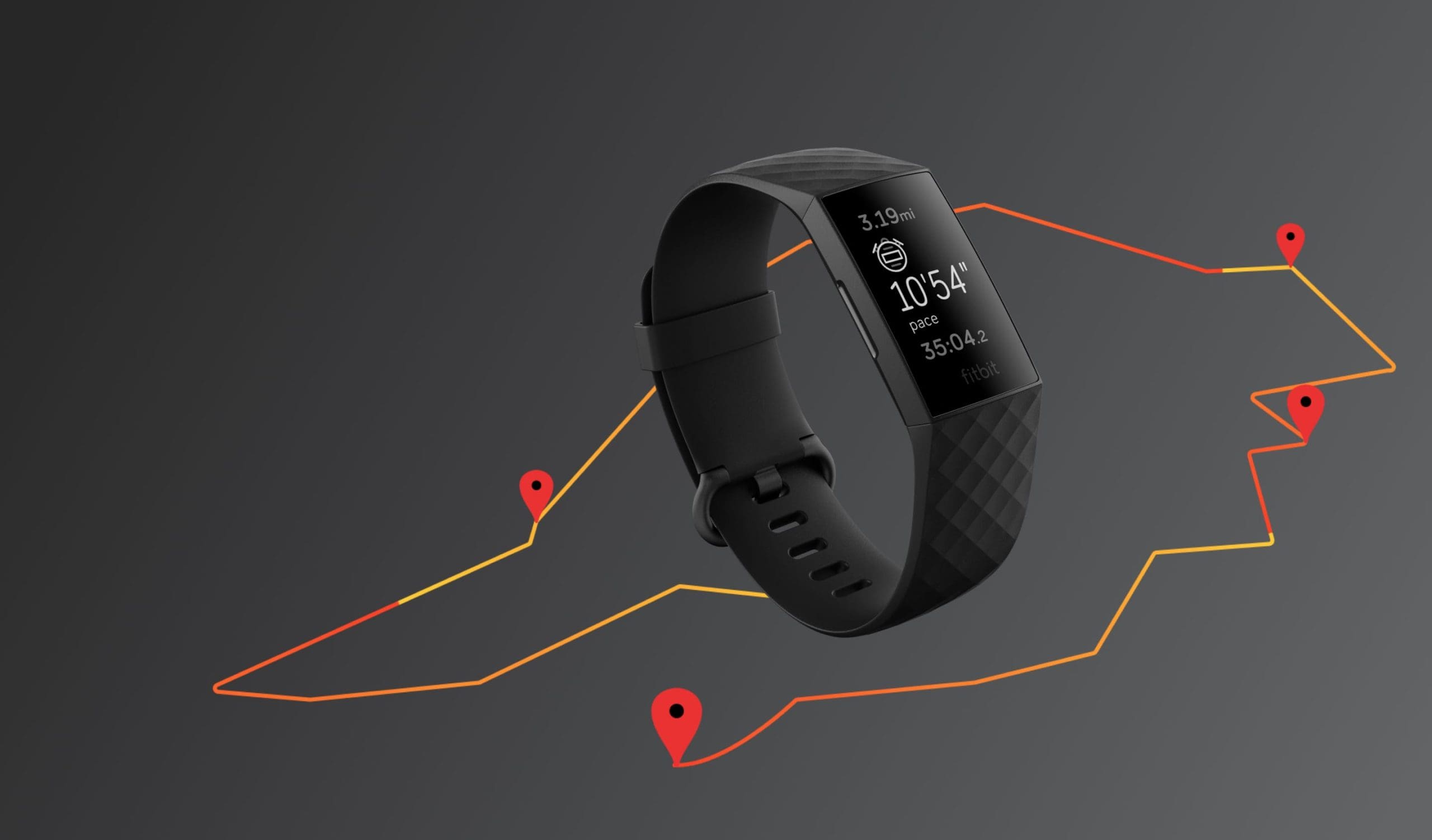The filaments used in 3D printing are surprisingly resilient to being overheated. While this does give you some flexibility as to the temperatures you want to print at, it can also make it harder to spot when the temperature you are printing at is just too hot.
You can notice that the print just isn’t accurate and looks like it melted like a candle. This inaccuracy can ruin the look of most prints. The presence of uneven layers can be a hint at this often when you look closer. But is catastrophic for functional prints such as threaded screws or articulated joints.
Tips for Troubleshooting Prints Looking Melted
The first thing you should do is check the recommended temperature settings for the filament you’re printing with. The manufacturer will publish a range of temperatures at which their filaments are suitable to be printed. Given that this can range between 180 – 260°C depending on the material there’s plenty of room to overheat a filament.
If you’re printing at too high a temperature for your filament, the first thing you should do is reduce the temperature to an approved range. Then see if that resolves the issue. If this doesn’t fix the issue or already were in the approved temperature range, lower the temperature in 5-degree increments.
By reducing the temperature all the way to the minimum recommended temperature for your filament and still seeing the issue, the next thing you should look into is the print speed. If your print speed is too slow, the filament spends longer in the hot nozzle and gets hotter than intended. Try increasing your print speed as this reduces the time a section of filament is being heated. It means the hot nozzle moves away faster, printing another area.
If none of the above completely solves your issues, then the next step is to increase cooling. The easiest way to do this is to increase the cooling fan speeds. Still, if these are already at their maximum, you may need to add a fan shroud or get better cooling fans. You may also want to reduce the ambient temperature by placing the printer in a well-ventilated area or removing/adjusting a printer cover.
While there are reasons, you may want to print at slightly higher or lower than the manufacturer recommended temperatures for your filament. If your prints look melted, turn the temperature down.
Conclusion
By following the tips in this guide, you should be able to resolve even particularly stubborn overheating issues. If you have any other tips you want to share to help prevent prints from having a melted appearance, please share them below.



Sure helped a lot. Thanks